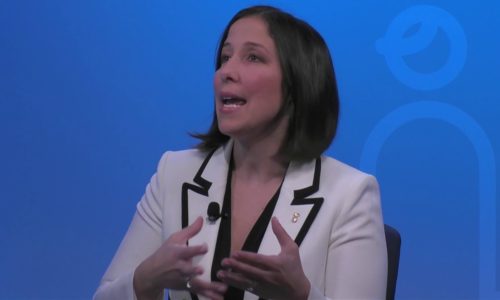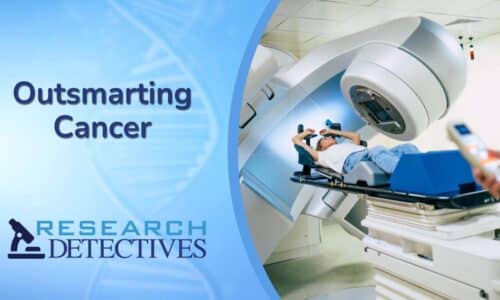What is the best type of screening for breast cancer? |

Two of the leading organizations issuing guidelines for cancer screening, the United States Preventive Services Task Force (USPSTF) and the American Cancer Society (ACS), have separately made recommendations for the early detection of breast cancer. In both cases, data from current research was analyzed and compiled to develop their recommendations. Not surprisingly, when analyzing complicated research with unanswered questions about a disease, somewhat different conclusions were reached regarding certain aspects of breast cancer screening. Despite these differing opinions, both groups are acting in the best interest of women and are committed to helping to reduce breast cancer deaths. All of the authorities on the subject also agree that additional research will be necessary to help clarify and refine these recommendations.
The ACS recommendations come from a 2014 review of the topic and apply primarily to women without breast cancer symptoms who are at average risk for the development of breast cancer. The USPSTF recommendations are in draft form currently, pending final review. Their recommendations apply to women age 40 or older who do not show signs of breast cancer, have not been diagnosed with breast cancer previously and who are not at high risk for the development of breast cancer.
Screening Recommendations for Women in their 20s and 30s
ACS: “For women in their 20s and 30s, it is recommended that clinical breast examination be part of a periodic health examination, preferably at least every three years. Beginning in their 20s, women should be told about the benefits and limitations of breast self-examination (BSE). The importance of prompt reporting of any new breast symptoms to a health professional should be emphasized. Women who choose to do BSE should receive instruction and have their technique reviewed on the occasion of a periodic health examination. It is acceptable for women to choose not to do BSE or to do BSE irregularly.”
USPSTF: The most recent recommendations did not address this age group of women.
Screening Recommendations for Women between 40 and 49
ACS: “Women age 40 and older should have a mammogram every year and should continue to do so for as long as they are in good health.” Along with screening, the ACS believes that “women should have an opportunity to become informed about the benefits, limitations, and potential harms associated with regular screening.”
USPSTF: The USPSTF does not recommend screening mammograms in this age group of women. While they are aware of some research indicating that mammography screening can be effective in women in their 40’s, the USPSTF believes that “The decision to start screening mammography in women before age 50 years should be an individual one. Women who place a higher value on the potential benefit than the potential harms may choose to begin screening between the ages of 40 and 49 years.” Potential harms from breast cancer screening include overdiagnosis and false-positive test results. Overdiagnosis occurs “when a woman is diagnosed with, and receives treatment for, breast cancer that would not become a threat during her lifetime”. False positives occur when a test indicates has breast cancer when not actually present. This can lead to unnecessary anxiety and invasive procedures, such as breast biopsy.
Screening Recommendations for Women ages 50 to 75
ACS: “Mammograms should be continued regardless of a woman’s age, as long as she does not have serious, chronic health problems such as congestive heart failure, end-stage renal disease, chronic obstructive pulmonary disease, and moderate to severe dementia.”
USPSTF: “The USPSTF recommends screening mammography every two years”
Both groups agree that screening for early breast cancer with mammograms is particularly applicable to women in the 50 to 75 year age groups, although there is disagreement as to the screening interval. To complicate things further, other medical groups have offered their own screening recommendations. The American Congress of Obstetricians and Gynecologists and the American College of Radiology recommendations follow closely to the ACS guidelines while recommendations from the Canadian Task Force on Preventive Health Care are similar to those of the USPSTF.
These recommendations relate to women who are of average risk. Having a parent, sibling, or child with breast cancer, a genetic mutation (such as BRCA), or a history of receiving chest radiation at a young age increases one’s risk of developing breast cancer. These situations should be handled individually and may call for more specialized screening strategies such as shorter screening intervals or the use of other tests, such as breast MRI.
While it may seem troubling that there is no consensus among experts, it is important to note that the development of screening guidelines is an ongoing process with new research updating and refining the criteria along the way. When there are questions regarding your personal situation, a discussion with your doctor is a good way of determining how you will approach breast cancer screening.
If you have any more questions just Ask Hanna, our health advisors are here to help.
Image: ©Shutterstock / lovelyday12








